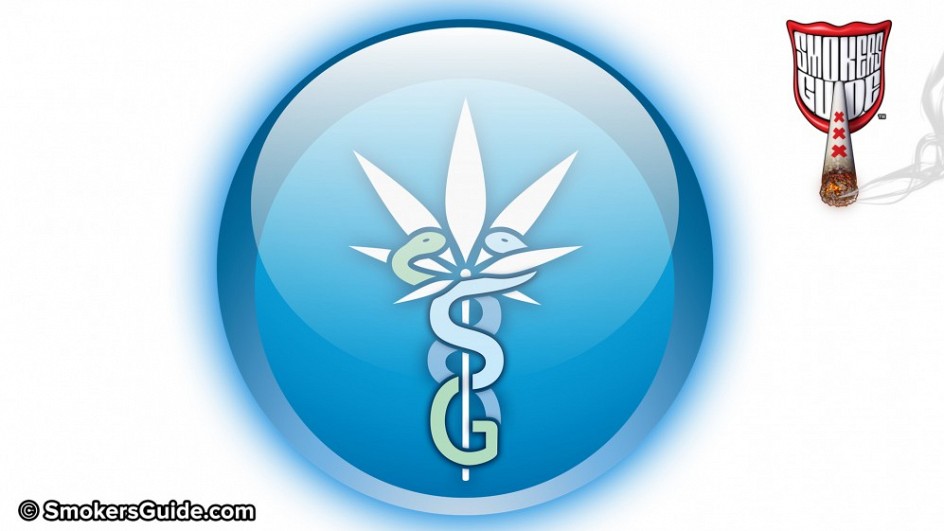The active substances in marijuana are cannabinoids. Since 1964, more than 360 separate cannabinoids have been found in cannabis. At least 60 of these are thought to have medicinal benefits. THC and CBD have shown the most medical potential.
Cannabis has be to be beneficial for a host of medical problems including multiple sclerosis, glaucoma, muscle spasms, chronic pain, post-traumatic stress, nausea and host of medical conditions. Epileptics have found medical cannabis relaxes the muscles that are normally cramped from ‘seizing up’. Cannabis can reduce the effects of an epileptic attack by up to 60%. It also helps people with stress, anxiety and depression.
Use of cannabis also opens the arteries within the body, increasing the blood circulation. This is believed to be of major benefit to migraine victims, which is an affliction partially caused by artery spasms. The serious side effects caused by chemotherapy or HIV “cocktails”, including nausea, loss of appetite and pain, can also be managed to some extent by the use of cannabis. It reduces nausea, increases the appetite and can help to reduce the general pain associated with chemo and HIV or AIDS.
The huge plethora of benefits from cannabis are still being studied and explored. With the advancement of medical marijuana laws across the world, many new strains of cannabis, methods of ingestion and other uses are being discovered. Cannabis definitely has a lot to offer to the world of medicine, if only governments give it the chance to.



 Understanding the Legal Compliance Requirements for CBD...
Understanding the Legal Compliance Requirements for CBD...  Delta 8 And Delta 9 THC: How To Safely Consume And Enjoy...
Delta 8 And Delta 9 THC: How To Safely Consume And Enjoy...  Do Hemp-Derived Delta-9 Gummies Get You High?
Do Hemp-Derived Delta-9 Gummies Get You High?  6 Facts to Know About the Legalization of Marijuana
6 Facts to Know About the Legalization of Marijuana  5 Ways Cannabis Can Affect Your Mental Wellness
5 Ways Cannabis Can Affect Your Mental Wellness  Cannabis (CBD) is a powerful therapeutic tool that has...
Cannabis (CBD) is a powerful therapeutic tool that has...  Learn Top 5 secrets about Delta 8 THC in 10 Mins
Learn Top 5 secrets about Delta 8 THC in 10 Mins  5 Surprising Uses for Medical Cannabis
5 Surprising Uses for Medical Cannabis 
